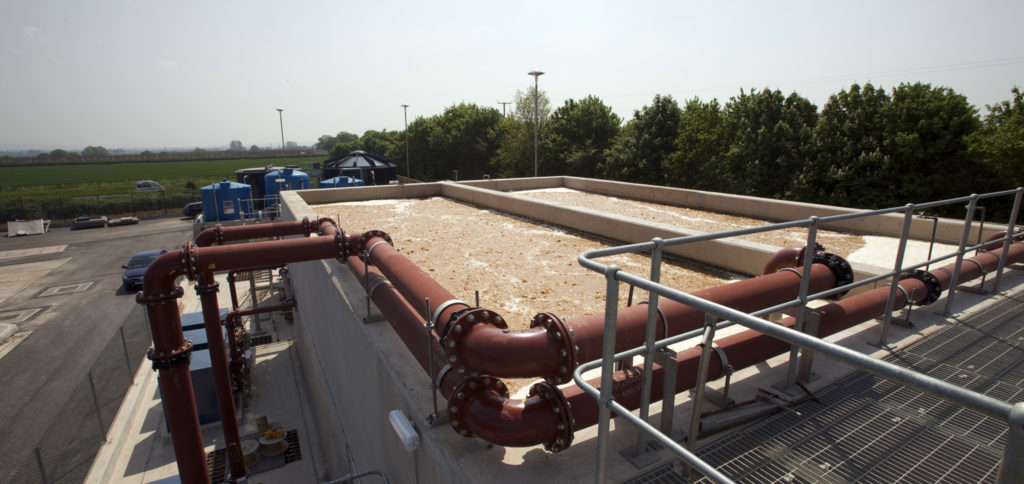Conserving water by the usage of wastewater

Last year’s dry summer made it clear that even we in Germany must be careful about how we use our water resources. Water conservation is becoming constantly more important. The usage of wastewater can be an important aspect.
Regardless of its cause: Climate change is a fact and our region, once abundant with water, will have to adapt accordingly. We need to be aware of not only the quantity of available water, but also its quality – especially in Europe, where the population is dense and consumption is high.
Enormous potential for water conservation by wastewater usage
According to Dr. Markus Engelhart from the Technical University of Darmstadt, 21,600 million cubic meters of water are used in German industry each year, four times as much as is used in municipalities. A large part of the industrial water, 17.1 million cubic meters, is used for cooling purposes that is often immediately discarded. Only ten percent of this enormous quantity of water is used more than once and can be referred to as wastewater usage. It is important to note the distinction between the further use of water (multiple use for different purposes) and its reuse (use for the same purpose in a cycle). If one considers its reuse alone, it is clear that there is huge potential for savings.
Dairies are committed to reusing water
For milk processing operations, the water situation doesn’t appear quite so dire. The large throughput volumes of liquid resources correlate with the use of corresponding volumes of (expensive) water. As a rough estimate, one to two liters of water are used for each liter of milk produced. While the Nestlé dairy in the Mexican city of Jalisco boasts a water consumption of zero, due to the enormous systems and high energy consumption needed to treat the wastewater they won’t have any copycats anytime soon. Zero consumption almost certainly will not become a target for dairies in Central Europe. But the reuse of water has already been popular at plants for several years – a result of rising municipal fees.
Creating optimal conditions for wastewater treatment
Alvaro Carozzi, from the engineering firm for wastewater technology Dr.-Ing. Steinle, recommends starting by creating optimal conditions for wastewater treatment in order to truly effectively manage water. For example, individual wastewater streams in a dairy should be isolated and treated separately with appropriate methods. No product whatsoever should be present in the wastewater, because this would mean that sellable goods are going to waste, and eliminating them from the wastewater would create additional, unnecessary costs.
Different methods can be implemented depending on the wastewater stream or the substances present in it. The majority of the polluting load can be separated from production wastewater by flotation. The flotation is typically rich in energy (fat content) and is ideally suited for making biogas. Wastewater from concentration processes is usually filtered through membrane lines. This often delivers an end product that can be fed back into circulation at the dairy as industrial water – assuming the official permit has been granted.
Water and waste: Key topic at drinktec
Visitors to drinktec, the world’s leading trade fair for beverage and liquid food technology taking place in Munich from September 13 through 17, 2021, will have extensive opportunities to learn how they can conserve water resources at their own companies. But there is no need to wait until September 2021 to establish contact with relevant experts. The exhibitor directory from drinktec 2017 lists contacts for 86 exhibitors who have indicated “waste water” as a main focus.
